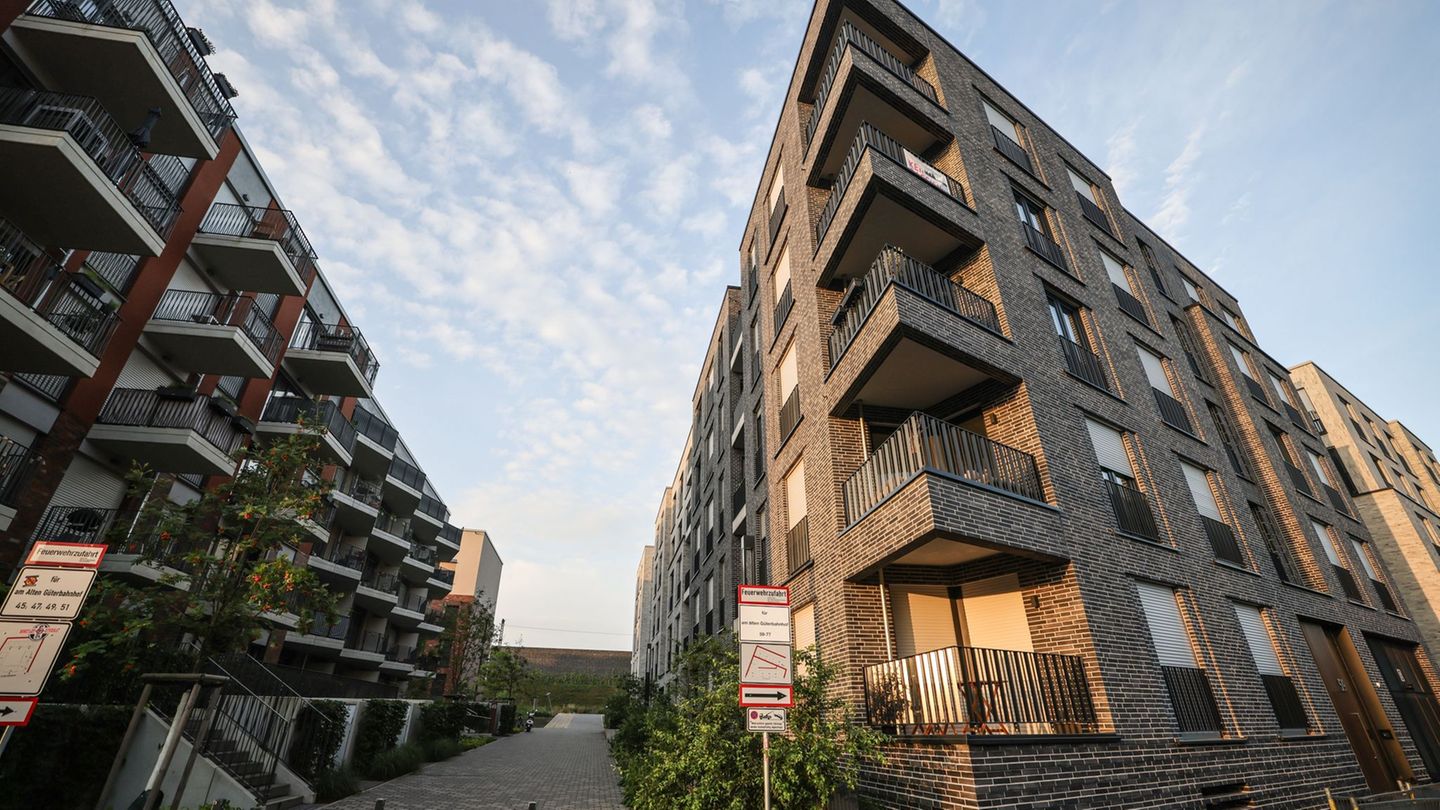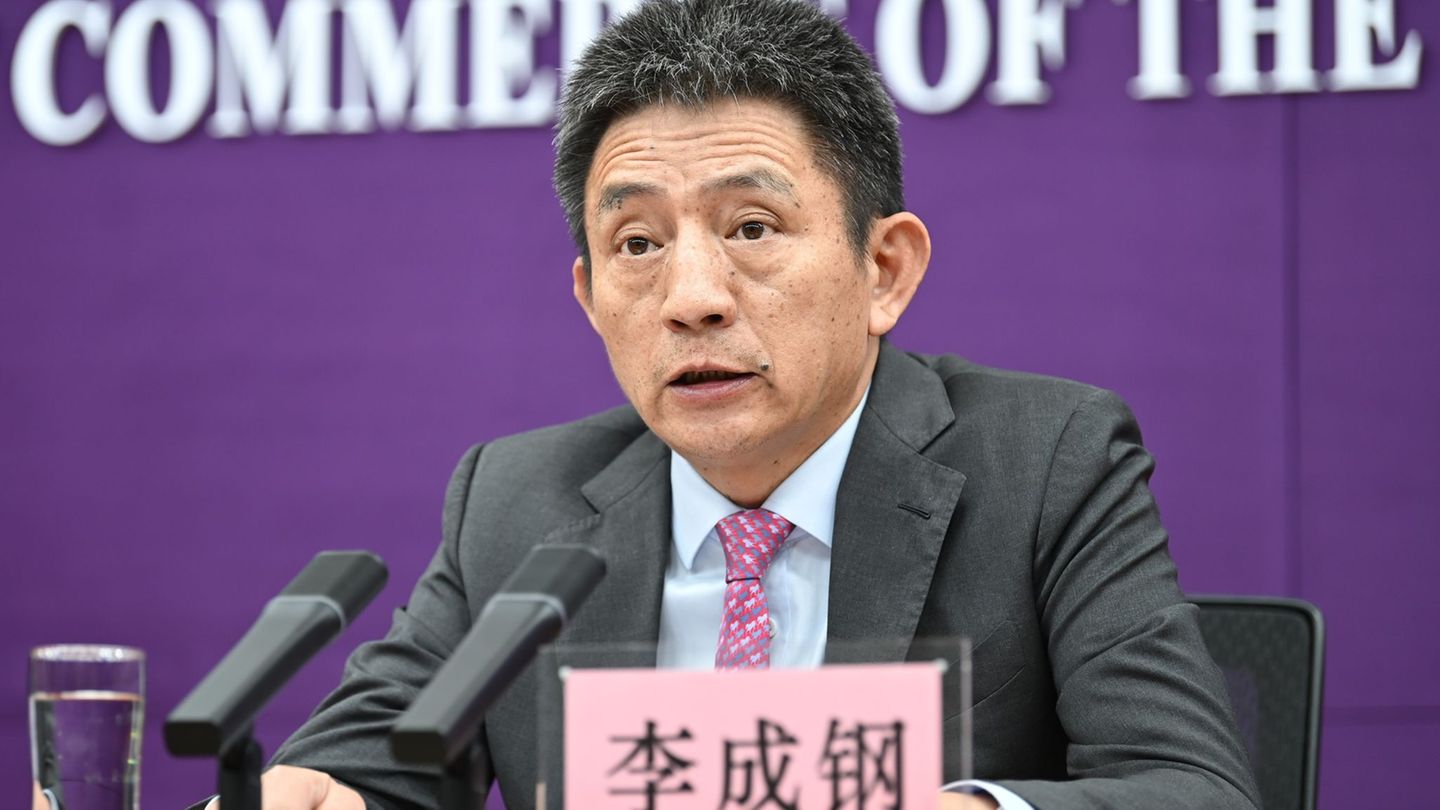The Minister of Economy, Martin Guzman, revealed on Wednesday to the governors that the proposal of the Argentine Republic to the IMF includes, among other aspects, a gradual fiscal consolidation, a reduction in the monetary issue to finance the Treasury, the establishment of positive real interest rates and a rate of real change consistent with trade surplus.
However, during the meeting at the Casa Rosada, the official said that “the fiscal path is the core aspect of the negotiations with the IMF and is the point where until now there is still no agreement.”
On this point, the Government intends a gradual reduction of the deficit “compatible with the sustainability of the public debt and a redefinition of public spending”, and fundamentally underpinned by the “virtuous” path of economic recovery, to reach a fiscal balance in approximately 2027. Meanwhile, from the multilateral credit organization they intend to cut spending in real terms for the short term.
“The Fund calls for an adjustment policy that the Argentine government is not willing to carry out because it compromises the Argentine people and their ability to grow and develop,” said the presidential spokeswoman, Gabriela Cerruti, at the first press conference of the year. “We hope that it can be resolved as soon as possible (…) Argentina is not going to default,” he added.
The Argentine proposal also raises the need to carry out “a countercyclical fiscal policy to support the ongoing recovery, improve the targeting of the use of State resources, promote capital spending, Education, and Science & Technology, to increase the short-term multipliers and long-term growth and a strengthening of the tax administration that increases progressivity “.
Guzmán was exhaustive in highlighting that in the negotiation “the interests of Argentina” are being defended. “What we are doing is negotiating not only for the next few months but for all the next years. We put on the Argentina shirt and each one must define what shirt they have on,” he said.
Where there is an understanding with the IMF is on the issue of reserves, for which an estimated growth of between US $ 3,000 and US $ 4,000 million per year.
The minister also said that he agreed on the importance of reducing the Central Bank’s financing to the Treasury. Economy seeks to increase financing via debt in local currency and that “the money supply grows when the money demand grows.”
The monetary program also contemplates the application of positive real interest rates to support the demand for assets denominated in pesos.
In that line, The Central Bank decided this Thursday to increase its reference rate by two percentage points, up to 40% per year, and ordered a general redesign of the monetary policy instruments “to reinforce the conditions of macroeconomic stability.”
In reference to the drop in inflation, in addition to the reduction of the monetary issue, Argentina proposes “the promotion of sustained growth in the production of tradable goods (which are traded abroad) and price and income policies to coordinate expectations and objectives “.
Finally, regarding the exchange rate, the official proposal includes a real exchange rate consistent with the trade surplus, the accumulation of International reserves and the regulation of the financial account.
It is worth remembering that In the first quarter, the country must face payments of about US $ 4,000 million to the IMF, to total about US $ 19,000 million in the year.
In the peso segment, inflation-indexed bonds (CER) also registered a majority of drops, reaching up to 1.6%.
Tomás Ruiz Palacios, Estretegia at the Cohen Group, said that, in the absence of an agreement with the IMF, titles such as TX26 or TX28 could collapse 20%, with a conservative projection. I think that breaking out of the Fund should be considered more serious and the risk premiums could be worse. In other words, these price drops could be much greater, “he said.
In that sense, he recommended avoiding domestic currency bonds that mature in 2023 or later, “until the storm passes.”
Actions
On the other hand, in a volatile day the Buenos Aires stock market closed with losses, in a local scenario crossed by negotiations with the IMF and an adverse international framework for emerging markets as the US Fed is heading to tighten its monetary policy, with increase in interest rates earlier than expected and reduction in their asset holdings.
The S&P Merval de Bolsas y Mercados Argentinos (BYMA) fell 0.1% to 83,748 units. Meanwhile, on Wall Street, ADRs operated unevenly, with increases in banks such as BBVA (+ 2.9%) or Macro (+ 1.3%) but losses in other sectors.
It is worth noting that the financial sector is the most benefited by the potential rate increases of the North American central bank, while the most affected are growth stocks, such as technology.
Source From: Ambito
David William is a talented author who has made a name for himself in the world of writing. He is a professional author who writes on a wide range of topics, from general interest to opinion news. David is currently working as a writer at 24 hours worlds where he brings his unique perspective and in-depth research to his articles, making them both informative and engaging.




